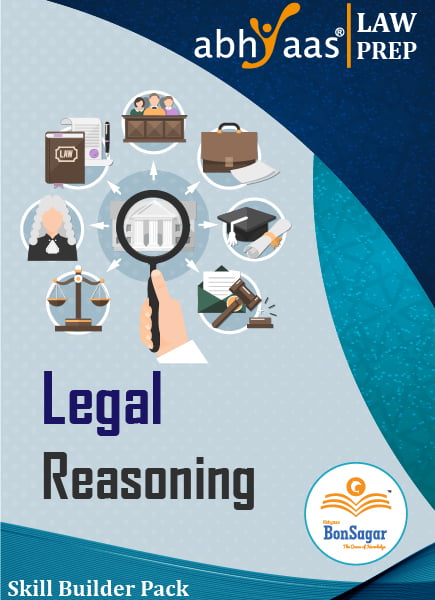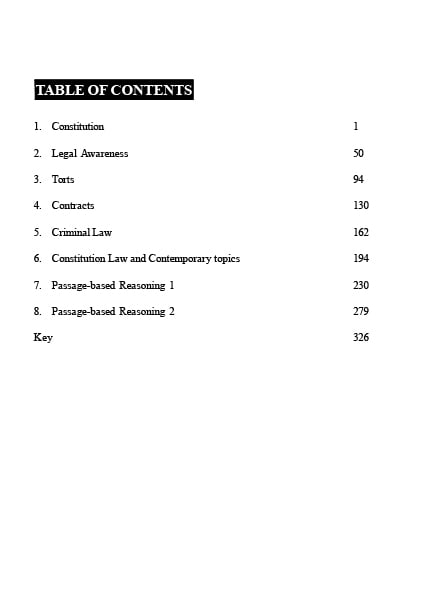
HOW TO IMPROVE DILR SECTION?
Many test takers find the Data Interpretation and Logical Reasoning (DILR) component of the Common Admission Test (CAT) to be difficult. It calls for a blend of logical reasoning, data interpretation capabilities, and analytical thinking. The adoption of effective techniques and the development of a systematic approach are essential if you want to increase your performance in the DILR segment. We will look at a number of strategies and pointers in this post to assist you succeed on the DILR part and raise your CAT score.
The Data Interpretation and Logical Reasoning (DILR) element of the CAT Exam is thought to be the most surprising and paradigm-shifting part of the test. As a result, even though the majority of CAT candidates acknowledge that the DILR part is the most unexpected and difficult of the three, it is far easier to succeed in this section if you have the right approach and mindset. So, when working on your CAT DILR preparation, picking the right strategy is essential.
KNOWING THE DILR SYLLABUS AND THE TYPES OF QUESTIONS:
Learn the curriculum and the sorts of questions that are frequently posed in the DILR segment. Tables, charts, graphs, puzzles, seating arrangements, family relationships, coding-decoding, and data sufficiency are all common subjects in the curriculum. Understanding the various question kinds can help you customise your study strategy and put your attention where it is needed.
IMPROVE DATA INTERPRETATION CAPABILITIES:
The DILR portion’s data interpretation segment is essential. To hone your ability to comprehend data:
- Get experience reading and interpreting graphs: Regularly resolve graph-based problems, such as scatter plots, pie charts, line graphs, and bar graphs. Learn to draw important conclusions from the data displayed in these graphs.
- Analyse Tables and Charts: Master the skill of rapidly scanning and understanding information given in tables and charts. Practise sifting through the data to find the pertinent information and spotting trends or patterns.
- Work with Complex Data Sets: Gradually advance to increasingly complicated data sets that incorporate connected information or numerous computations. To enhance your capacity to manage complex data scenarios, practise resolving caselets and questions based on combinations.
IMPROVE LOGICAL REASONING SKILLS:
The logical reasoning portion of the DILR section assesses your capacity for data analysis, logical inference, and problem solving. To improve your capacity for logical thought:
- Try to solve puzzles and brain teasers on a regular basis to hone your analytical and logical thinking abilities. Practise many kinds of puzzles, including logical sequencing, seating configurations, and item combinations.
- Learn and practise several logical reasoning methods, such as syllogisms, logical deductions, and critical thinking, to develop your logical reasoning skills. Learn the typical patterns and tactics applied to these kinds of inquiries.
- Develop your analytical skills by practising analysing and evaluating large amounts of difficult data. Improve your capacity for pattern recognition, information extraction, and logical reasoning.
USE TIME MANAGEMENT TECHNIQUES:
The DILR portion comprises of many sets of questions that must be answered within a given amount of time, therefore time management is essential. Create efficient time management techniques:
- Recognise the Weighting: Calculate the quantity of sets or questions you must attempt to earn the required score. Sets should be prioritised according to their level of difficulty and your familiarity with various question kinds.
- Set Time Limits: Give each set or question a fixed amount of time. If you can’t finish a set within the allotted time, follow these time constraints and move on. If you have time, come back to it later.
- Solve sample Tests: To imitate the setting of the actual exam, complete timed sample tests. Practise solving sets within the allotted time limits, and focus on enhancing your accuracy and speed.
CREATE A SYSTEMIC APPROACH:
It is advantageous to create methodical strategies for various question kinds in order to effectively approach the DILR section:
- Identify the relevant Information: Carefully read the question and point out the relevant details. This will make it easier for you to comprehend the question’s criteria and context.
- Visualise the Data: Create a structured visualisation of the information or data that has been provided. To help with comprehension, make mental or textual representations of tables, charts, or diagrams.
- Simplify Complex Questions: Simplify complicated questions into more digestible chunks. To reach the final solution, solve each component separately and then combine the answers.
- Discard Answer Options: In multiple-choice questions, discard any answers that do not agree with the information provided or that go against logical rules. This can assist you in reducing your options and increasing the likelihood that you will choose the right response.
ANALYSE YOUR MISTAKES AND LEARN FROM THEM:
After completing practise sets or mock exams, carefully examine your errors and pinpoint areas that want development. Recognise the underlying ideas and approaches needed to correctly answer the questions. Concentrate on the sorts of questions or sets that you have trouble with, and attempt to improve your knowledge of those subjects.
USE THE PRACTISE MATERIALS AND ONLINE RESOURCES AVAILABLE:
Make use of the online resources, study materials, and CAT-specific training materials. These websites offer a lot of practise sets, sample questions, and solutions that can assist you in understanding the question formats and formulating smart approaches.
LOOK FOR ADVICE AND SUPPORT:
Think about joining coaching organisations or online forums where you may get advice and talk to other applicants. Together, discussing tactics, exchanging pointers, and working through issues may yield insightful knowledge and inspiration.
Consistent practise, a structured strategy, and a full comprehension of the question types are necessary for enhancing your performance on the CAT exam’s DILR part. You may enhance your confidence and do well in this area by creating methodical ways, boosting your logical thinking skills, and practising time management. Never forget to evaluate your performance, draw lessons from your errors, and adjust your strategy as necessary. You may drastically raise your DILR scores and raise your chances of getting into prestigious business schools with hard work and determination.
Just like the other CAT Exam components, the DILR is essential. The candidate’s selections are also impacted by the DILR preparation for CAT due to the sectional cut-offs published by IIMs for Shortlisting Candidates. The section is difficult and time-consuming, and applicants receive low marks on it. Prepare for the section and come up with a plan that works for you as a consequence.




